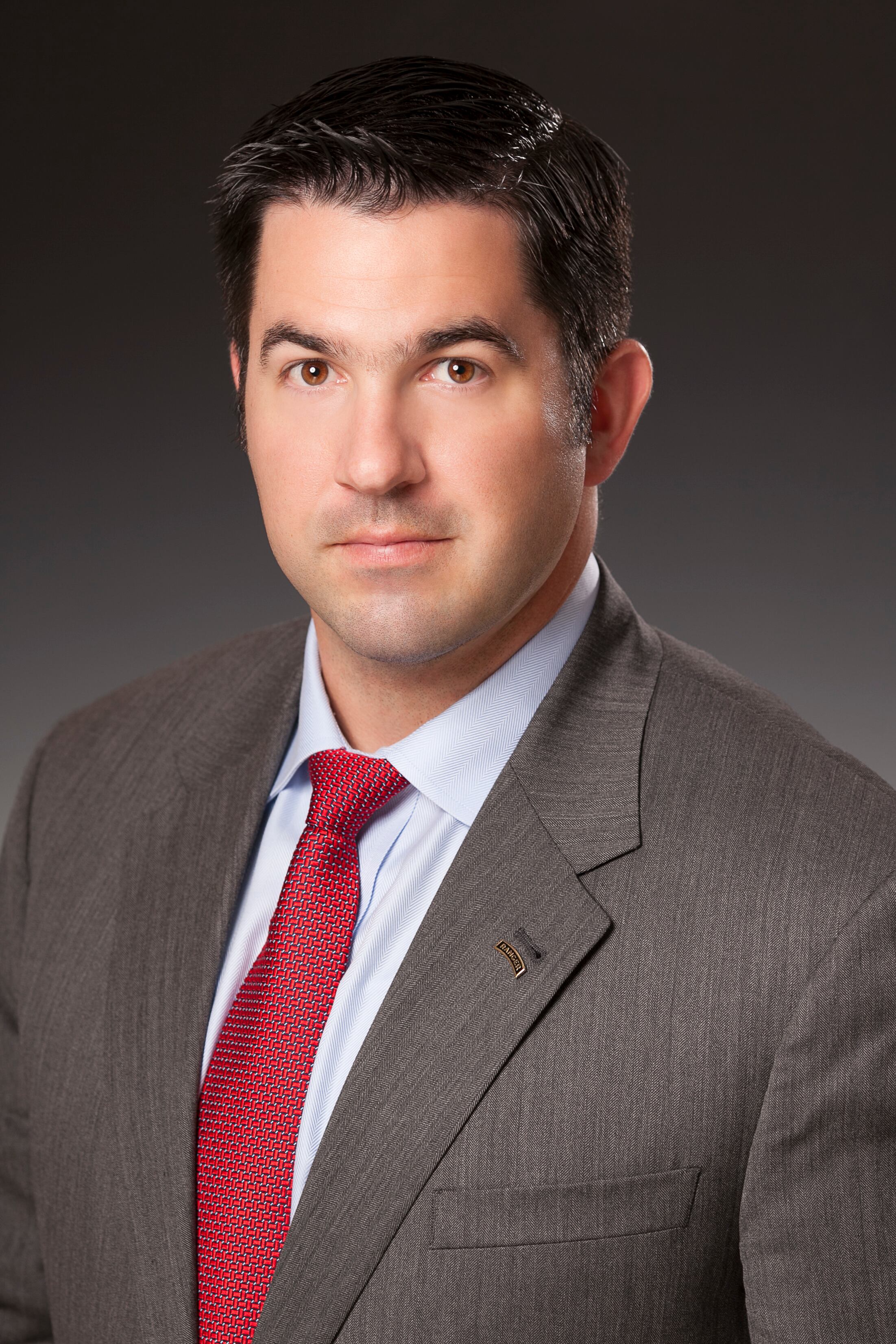In April, my Army unit that served in Afghanistan passed a dark milestone: We've now lost more men to suicide than we lost in combat.
During a 485-day deployment in 2006-07, a single member of our platoon was killed (though many, myself included, were wounded — we had an 85 percent casualty rate).
But since returning home, three members of my platoon have taken their own lives. To grapple with the fact that we lost three times as many men to post-war suicide than to combat is to begin to grasp the true burden of war that veterans carry.
I write and speak extensively on a wide range of subjects related to military affairs and veterans' issues. And nothing I've ever spoken about has generated such a strong response as when I discuss suicide in the veterans community.
Vets approach me at speaking engagements, or send me emails and notes via social media, telling of how they or their friends have struggled with suicidal impulses. I've had too many conversations with grieving parents and spouses who watched helplessly as a loved one lost that struggle.
According to the most frequently cited estimate, 22 veterans commit suicide every day. That figure comes from a report prepared by Veterans Affairs Department researchers, and it represents only a best estimate based on limited data, since there is no comprehensive tracking of veterans after they leave the service. Many believe the true number to be significantly higher.
The 22-per-day figure includes a substantial number of older veterans. But indications are that the trend of suicide among younger vets is a growing problem, as many struggle with the readjustment to civilian life after enduring near-constant deployments and the stress of combat. In a 2014 survey of Iraq and Afghanistan veterans, half said they knew another veteran who had attempted suicide.
Why would this be? One frequent refrain I hear is that "the government should be doing more" to prevent suicide among veterans. That's partly true — policymakers should certainly strive to ensure that veterans who are at risk get the effective intervention and support they need.
But I also know that's not the entire answer. The difficult reality is that while Washington policymakers and the VA do in fact bear some responsibility for the trend (despite funding increases for mental health treatment, far too many veterans are still unable to access that treatment though the VA), it won't be solved with simply "more funding" or "more programs" aimed at preventing veterans' suicides.

Sean Parnell is a former Army Ranger.
Photo Credit: Courtesy of Sean Parnell
To address the crisis of veterans' suicide, we need to rethink how we reintegrate veterans into civilian society after their service. Far too many veterans return home, often from high-stakes, high-stress combat situations, only to find themselves ignored, misunderstood and alienated from their fellow Americans.
In short, we don't have a policy shortfall — we have a cultural shortfall.
A veteran returning from war today is unlikely to receive a hero's welcome. Instead, he or she is shunted into a maze of bureaucracy for VA care, job training support, educational opportunities and other public benefits. These are all fine things, and obviously well-intended, but they do little to create a sense of true cohesion between those who have served and the larger society in which they live.
Compared to earlier wars in the American experience, the most recent conflicts have been relatively limited in their impact on most people's lives. Today, only 0.4 percent of Americans serve in the military. Contrast that to, say, the World War II era, a time when virtually every community, neighborhood and family was touched in some way by service and sacrifice. That's far less true today, which explains the dramatic gap between military and civilian culture.
It's a cultural gap that needs bridging, and that begins with mutual respect and understanding. Too often, civilians are hesitant to ask veterans about their combat experiences, because they fear saying the wrong thing. At the same time, too many veterans "shut down" and decline to talk about their service with civilians, assuming they'll never understand.
But that understanding doesn't just happen. It must be nurtured into existence and allowed to grow, which means it's time for veterans and civilians alike to have a conversation about the real costs of war, and to begin bridging the gap that separates us.
Recognizing, understanding and crossing that gap is one key to combating the problem of suicide among veterans. And we must understand the problem is not one that will be solved simply by passing more legislation or throwing more money at it.
It's a cultural issue that demands a cultural solution.
Sean Parnell, senior adviser to Concerned Veterans for America, is a former Army Ranger who served in Afghanistan with the 10th Mountain Division; he was a captain when he left the Army after six years. He is the author of the New York Times best-seller "Outlaw Platoon: Heroes, Renegades, Infidels, and the Brotherhood of War in Afghanistan."




